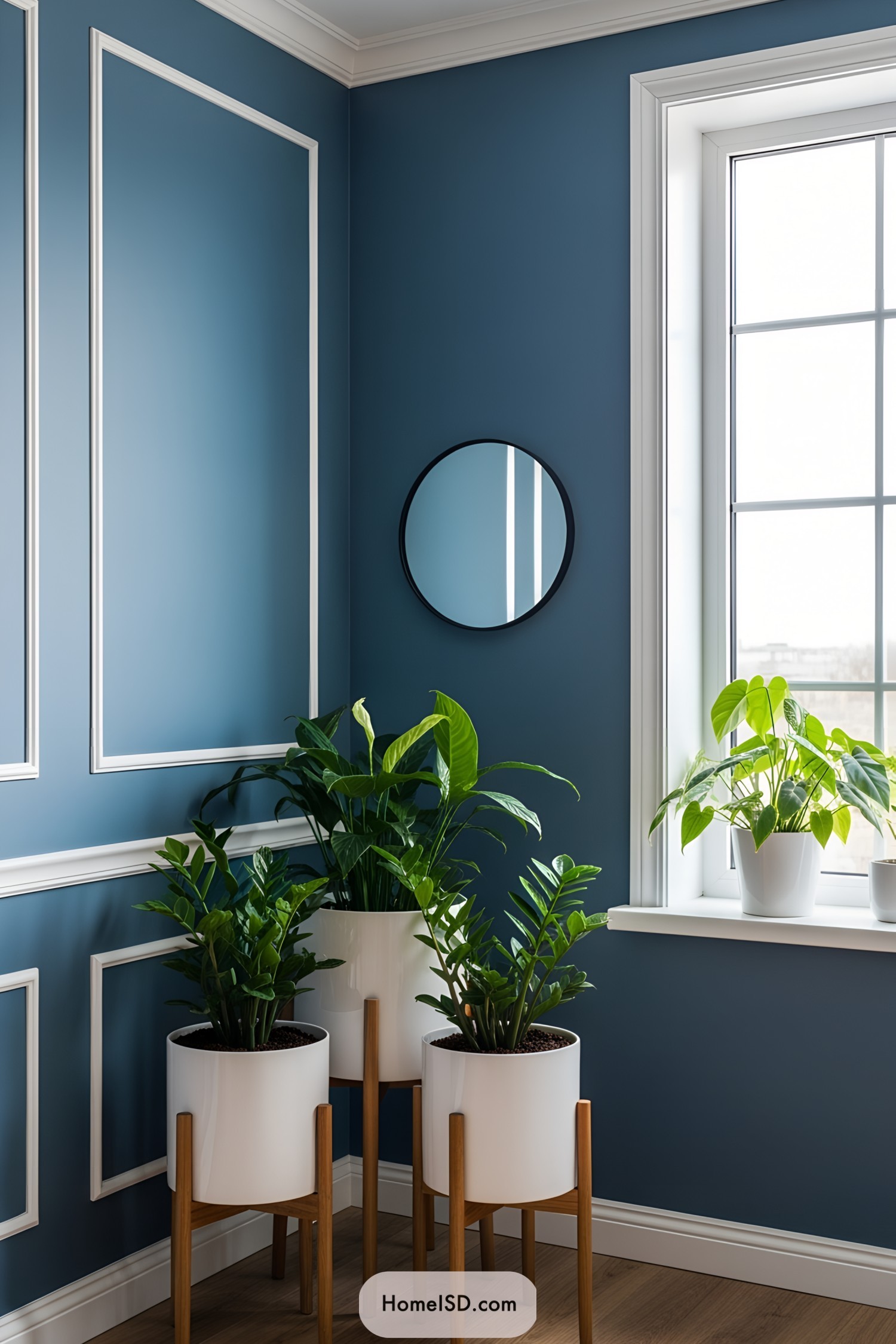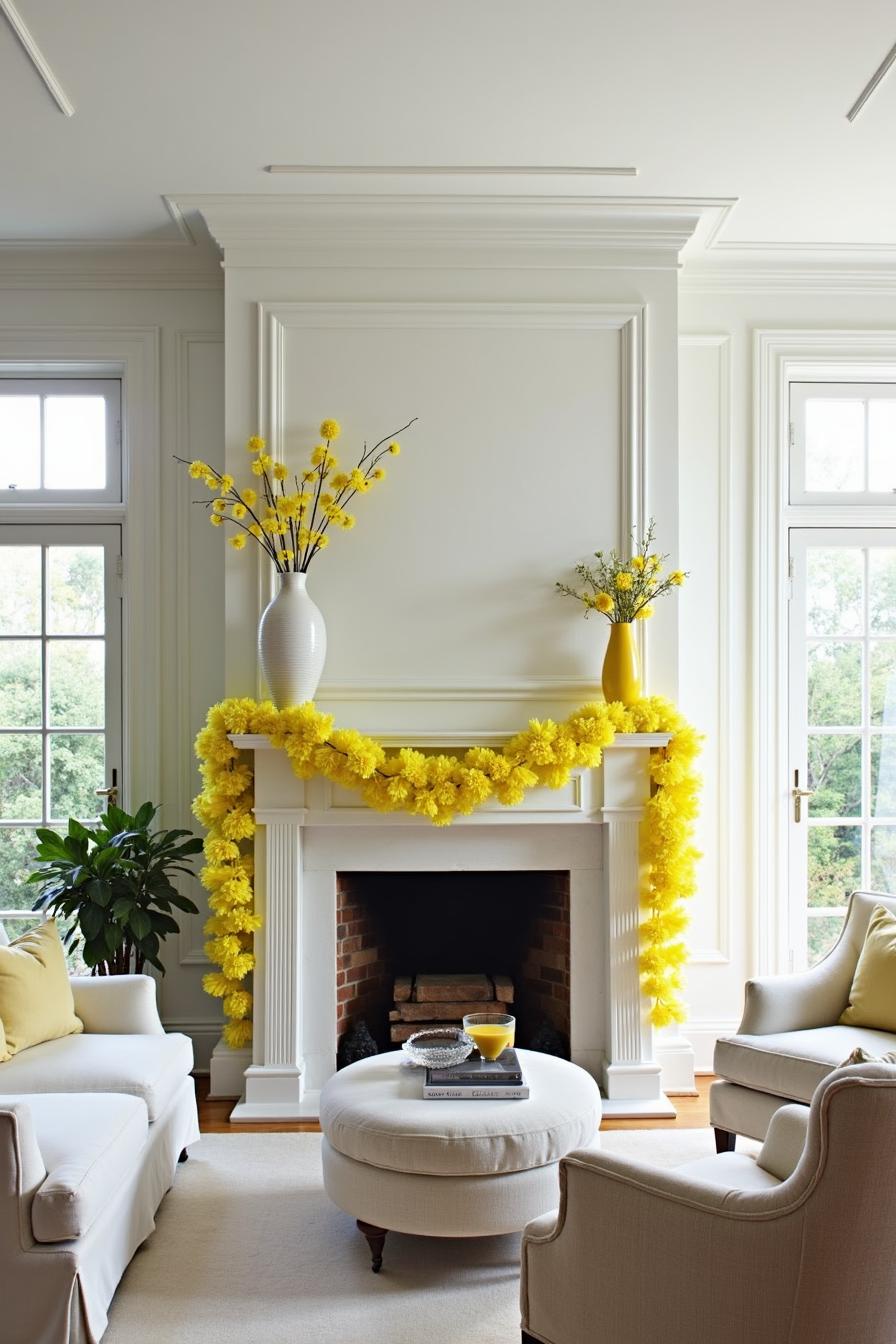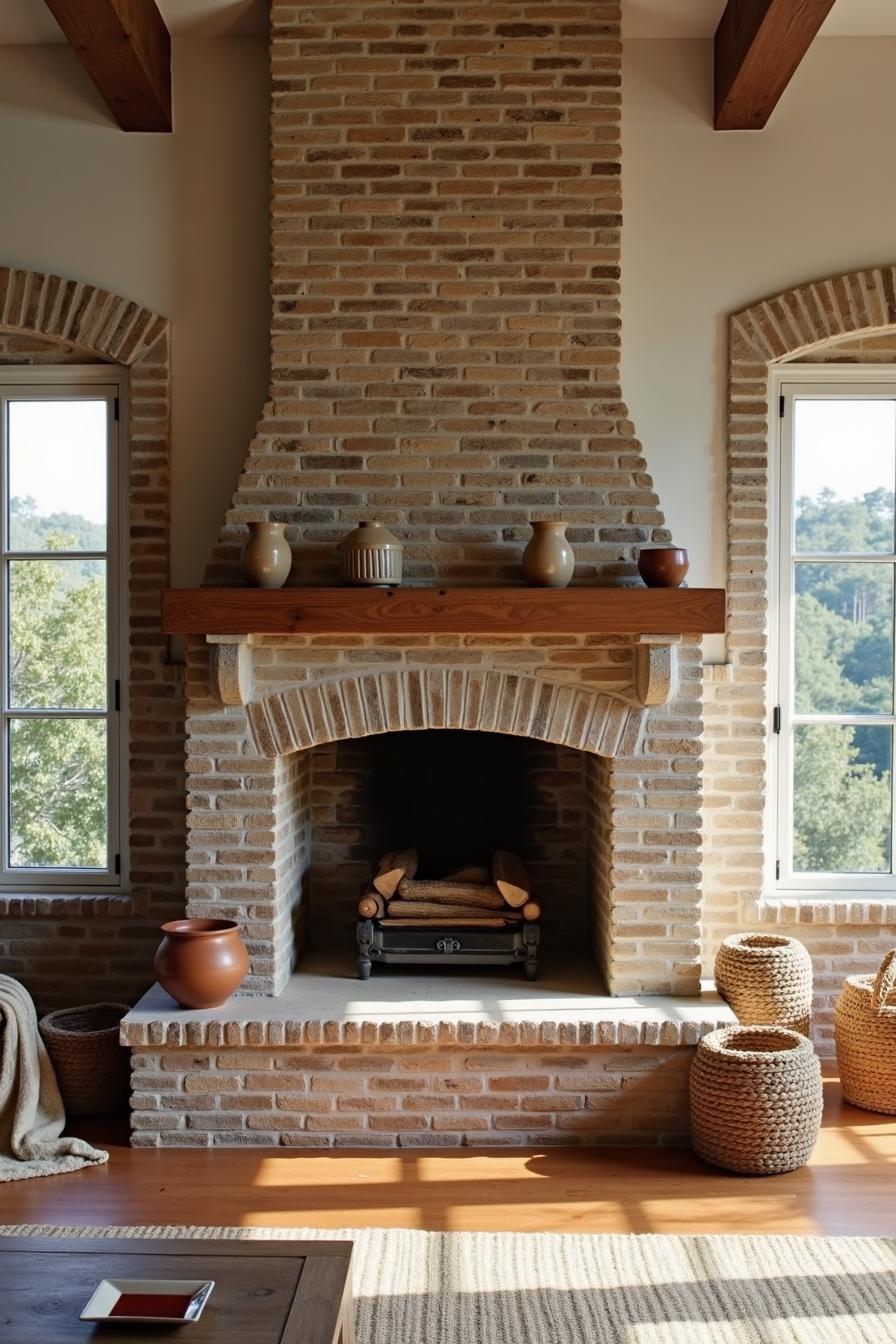Last updated on
These are the main 13 types of rug pads you need to know about. If you have hardwood flooring and an area rug combination, you need the third element — a rug pad.
It protects the floor from damage and you from slipping.
These pads act as cushions on the bottom of your rug and help prevent wear and tear that can occur on a hardwood floor or a delicate area rug if it is simply placed on the floor (this includes hardwood floor alternatives).
Some rugs are static-cling and can be placed directly on a hardwood floor without a pad but can still be protected from excess wear if they are placed on a rug pad.
Why Do You Need Rug Pads?
Many rugs on the market will either stain or stick to a hardwood floor, which can ruin its finish. There are cheaper rug pads that use plastic, glue, adhesives, or synthetic latex pads. These cheaper rug pads often react unpredictably with certain wood floorings, with stains and scratches being one consequence.
You also need them to prevent slipping. It’s especially true with smaller rugs that are like walking on a banana peel.
Rug Pad for Hardwood Floors
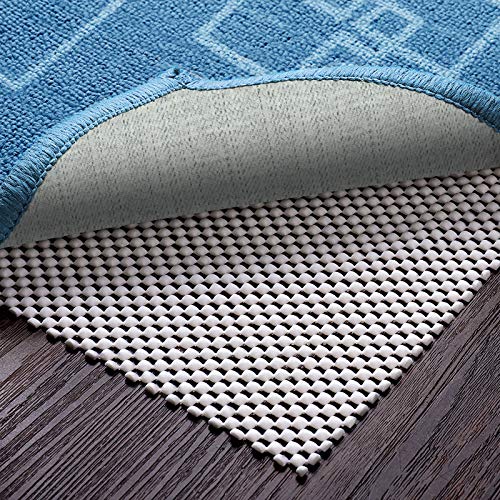
The best rug pad for your hardwood floors will depend on your rug’s size. A nonslip rug pad is recommended with a small runner in high traffic areas such as hallways and entryways, but cushioned or multi-purpose options can be great for larger rugs.
Rug pads make rugs more comfortable and luxurious. If you have large rugs in the most-used areas of your home, we recommend cushioned pads so that you feel most comfortable standing on them. If you have large rugs in your home’s most used areas, buy large and thick pads.
For smaller rugs, the best option is a non-slip rug pad that will prevent small, flat-weave rugs from shifting and wrinkling. It should not be thick.
Non-Slip Runners
Runner rugs can be very slippery in high-traffic areas. Low-profile, natural rubber rug pads are often the solution to this problem. The rug pads need to be low-profile and have many grips because runners are more prone to slipping on hardwood floors. There needs to be a grip from the rubber on both sides of the runner. Line them with one side facing up and one side facing down for maximum benefit.
Rug Pad for Under Furniture
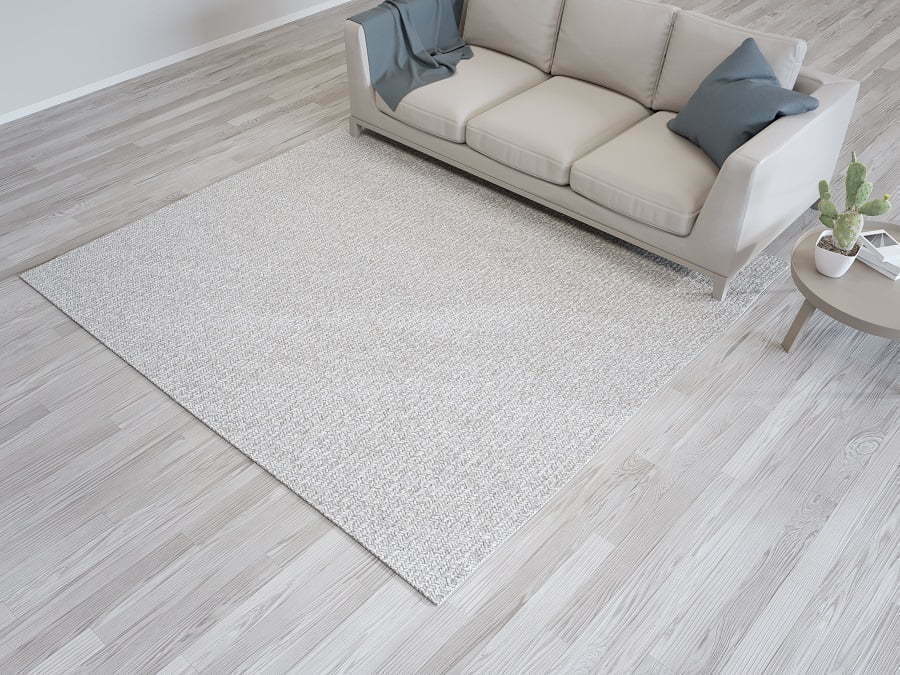
A thicker, denser rug pad provides more floor protection. Most rug pads under furniture tend to stay in place and won’t need a nonslip pad. Thick pads absorb the weight of heavy furniture and protect against floor damage while making it soft and comfortable to walk on.
Rug Pad for Wool Rugs
For thicker rugs, 1/8 inch is best. However, for thinner rugs or low-profile rugs, 1/4 inch or more is also a good option. It depends on the cushion you want to achieve.
Rug Pad for Sisal and Jute Rugs
It would be best if you always used felt and rubber rug pads with sisal or jute rugs. The fabric on the felt acts like velcro against the bottom of a sisal or jute rug, preventing it from moving so that it doesn’t wrinkle, bunch up or become loose. Felt and rubber rug pads make a huge difference for this type of rug as some of them are already backed with rubber backing. However, some cheaper backings made from latex can fall apart after few years.
Pads for Small Rugs or Runners
Smaller rugs are hard to keep in one place, and depending on how small or thin it is, you need padding. A pad is suitable for the small rug or runners. A rubber pad is best and should allow air to flow freely without trapping stale odors, which can cause your rug to bunch together or slide on the floor when you walk on them.
Pads for Medium Rugs
Closed-cell foam pads that are 3 inches thick slide underfoot, giving broad support to a medium rug. Smaller rugs can cause you to fall if the rug is slippery and on a hard floor, but this problem doesn’t exist with small-sized rugs too.
Rubber and felt create a great combo for rug pads. If the furniture is not on top of the rug, the pad’s thickness should be between 1/8-1/4 inches thick.
Pads for Large Rugs
The best way to avoid damaging a large rug is by using a thick pad. Not only will the pad help prevent the rug from moving, but it will also save both the floor and the rug from wear and tear.
Using a felt pad is ideal for large rugs. This pad provides extra comfort while also protecting the floor from damage. When the heavy rug doesn’t move on its own, it’s best to use a pad for protection. A felt pad is ideal for large area rugs (and area rug alternatives) as they provide extra comfort and protection against wear and tear.
They are recommended when a rug isn’t heavy enough to stay in place or slides around regularly since they ensure that neither item will get damaged in the process.
Rubber Rug Pads
Rubber pad will also depend on what rug you have. These rug pads help prevent things from moving across the floor, depending on which style rug pad you choose. If you choose to get a natural rubber one, then this option is safer for environmental purposes and risky surfaces so that people will not slip and fall.
These types of rug pads are also better than those made of PVC because they protect against falls while making walking more comfortable.
Felt Rug Pads
Felt pads add cushion to your floor. These pads come in different thicknesses and densities, including felt with no rubber content or a rubber-felt hybrid for superior performance.
For larger indoor floor coverings, felt pads work best because they don’t have any rubber content, and they help anchor the pad because they are not as dense as other types of padding. To reduce noise on your floor, choose one with a high-density option.
Felt and Rubber Pads
This combination has the best of both worlds. Rubber provides the grip and felt provides the cushion.
PVC Rug Pads
PVC is the cheapest option though it may not always be the best for hardwood floors. The thickness of these pads can range anywhere between 1/4 inch to 1 inch, the cheapest option being thin pieces that would be best suited for door-swing.
Memory Foam Rug Pads
This type of rug pad typically does not require much maintenance. You can vacuum memory foam pads only once a year.
Rug Pad Size
Many rug pads come in various sizes, ranging from 2 x 3 ft to 8 x 10 ft. There are charts on different brands that allow you to pick the size for your area rug. Additionally, if a homeowner has more than one area rug, it is not unusual for them to buy a large rug pad and cut it into various sizes.
Unless you are using a more than three feet wide rug, always use a rug pad that is about the same size as your rug. Your pad should be about two inches shorter than your rug on all sides, so it doesn’t extend beyond the boundary.
Rug Pad Thickness
Rugs pad thickness ranges from 1/16″ to ½”. Usually, people tend toward a thicker pad, but thicker may not be better. If you have to clear it by a doorway with a thin or small rug, or if the rug is too thick already, a thick pad won’t work.
Different sizes and thickness levels of rug pads are available, each with different prices. For example, thicker rug pads will cost more, but they will give your rug and floor more protection. If you have a large and expensive oriental rug, you may want to buy an extra thick pad to keep it from slipping.
What to Avoid in Rug Pads
There are some rug pads you should avoid because they can stain your floors. It is best to avoid adhesive products that could damage your floor’s finish. Latex is also known as a bad option for hardwood.
Recap

